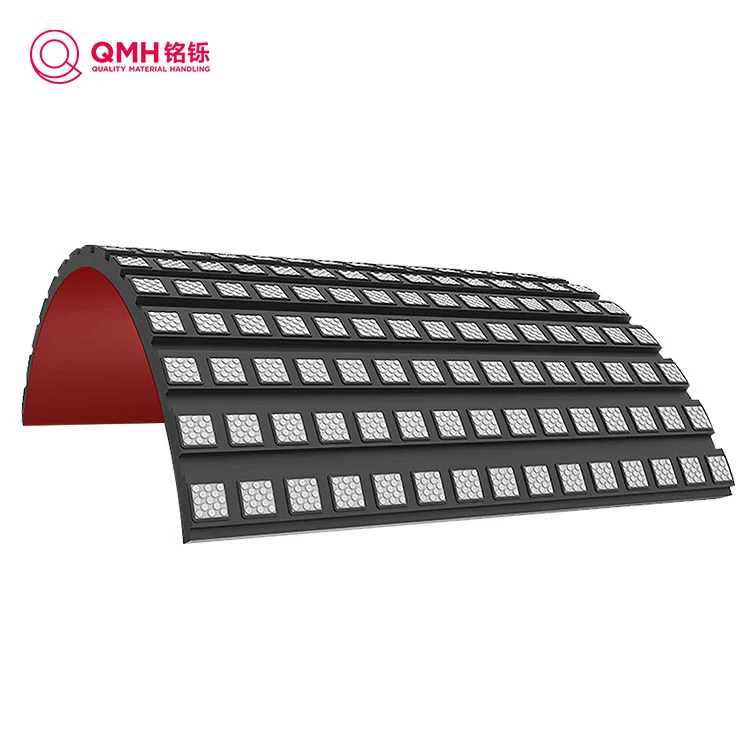Why Is Pulley Lagging Essential for Long-Term Conveyor Performance?
2025-11-25
As industries continue to rely on stable and efficient conveyor systems, Pulley Lagging has become a core solution for enhancing traction, improving belt protection, and extending equipment lifespan. When I evaluate conveyor performance for clients, I always notice that properly installed lagging significantly reduces slippage, noise, and maintenance frequency. Qingdao Quality Material Handling Co., Ltd. provides engineered lagging products designed to optimize heavy-duty operations while reducing operational risks.
What Is Pulley Lagging?
Pulley Lagging refers to the application of protective material to the pulley surface to increase friction between the pulley and the conveyor belt. It ensures better contact, minimizes belt wear, and prevents costly downtime.
Key Functions of Pulley Lagging
-
Enhances traction between belt and pulley
-
Reduces wear on both belt and drum
-
Improves water shedding and corrosion resistance
-
Extends the lifespan of conveyor components
-
Minimizes belt slippage under high load
Technical Parameters
| Parameter | Specification |
|---|---|
| Material Options | Rubber, Ceramic, Polyurethane |
| Hardness | 55–70 Shore A |
| Thickness | 8–20 mm |
| Temperature Resistance | -20°C to 80°C |
| Application Method | Cold bonding / Hot vulcanizing |
Performance and Usage Effects
With Pulley Lagging in place, users experience higher friction coefficients, improved belt tracking, and significantly better energy efficiency. I have seen production lines increase throughput simply by reducing slippage and eliminating frequent shutdowns caused by belt misalignment.
Performance Advantages List
-
Stable transmission efficiency
-
Increased pulley durability
-
Lower maintenance cost per operating hour
-
Enhanced grip even in wet or dusty environments
Why Pulley Lagging Matters
The importance of Pulley Lagging is evident when conveyors operate under heavy load, high humidity, or continuous cycles. It prevents material buildup on pulleys, reduces belt tension, and offers superior protection against wear. For industries such as mining, aggregates, cement, and ports, lagging is not optional—it is essential.
Three Rounds of Q&A
Q1: How does Pulley Lagging improve conveyor safety?
A1: It increases friction and prevents belt slippage, which means fewer operational hazards and smoother startup loads.
Q2: Why should I upgrade to ceramic lagging?
A2: Ceramic lagging offers higher wear resistance and better grip, making it ideal for heavy-duty or high-moisture environments where traditional rubber may not perform as well.
Q3: What role does installation quality play in Pulley Lagging performance?
A3: Proper bonding and surface preparation are critical. When I supervise installations, I always ensure correct alignment and bonding strength to avoid premature detachment or uneven wear.
Conclusion
Qingdao Quality Material Handling Co., Ltd. delivers high-quality pulley lagging solutions tailored for demanding industrial applications. If you want to strengthen your conveyor performance, reduce downtime, and extend system lifespan, our engineered products are your reliable choice.
For detailed quotations, technical customization, or distributor cooperation, feel free to contact us anytime — our engineering team is ready to support your project.



